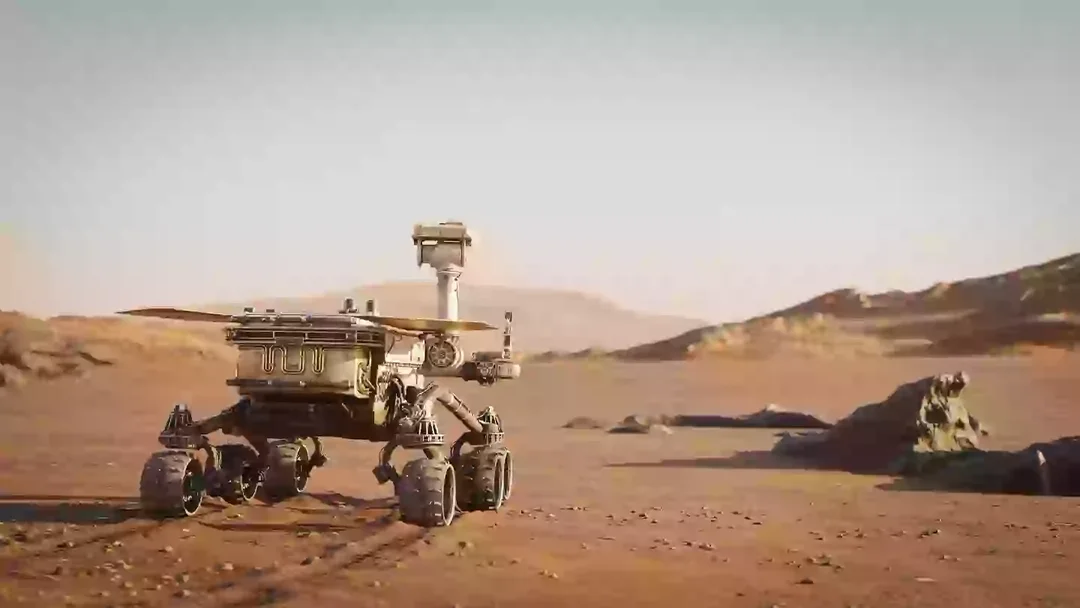
NASA’s Curiosity Rover Uncovers ‘Honeycomb’ Structures on Mars: A Glimpse into the Red Planet’s Past
NASA's Curiosity rover has done it again, sending back intriguing images from the surface of Mars. This time, the rover has discovered remarkable polygonal cracks resembling giant honeycombs or waffle-like patterns. These structures could potentially unlock secrets about the Martian climate millions of years ago.

The Curiosity rover, exploring Mars since 2012, spotted these unusual shapes in early May 2025. According to planetary geologist Catherine O’Connell-Cooper from the University of New Brunswick, the cracks, featuring raised ridges about 1 centimeter high, form large-scale lobes spanning 30 meters in length.
"These structures look like frozen traces of ancient activity – possibly the result of cyclical freezing and thawing of water or tectonic changes," O’Connell-Cooper explained on the mission’s blog. While similar patterns have been observed before, these recent discoveries stand out due to their level of detail and broad scope.
To analyze the cracks, the team employed APXS and ChemCam to study the chemical composition of the ridges. A focal point is a section named Orosco Ridge, where polygonal fractures border a series of box fractures. The MAHLI camera also captured a mosaic of the Valley of the Moon section to understand how the fractures interact with layers of Martian rock. O’Connell-Cooper added, "There are so many objects to explore here that we could work for weeks."
Curiosity continues to gather data on Mars' atmosphere, measuring argon levels, traces of water, ultraviolet radiation, and even 'dust devils'.
All of this information contributes to reconstructing the Red Planet's climate billions of years ago and determining whether it could have sustained life. For instance, polygonal structures on Earth are often linked to seasonal humidity changes, highlighting the possibility of water existing on ancient Mars.
The rover's exploration also involves examining bedrock blocks like "Bradshaw Trail" and "Sweetwater River" using the DRT/APXS/MAHLI instruments, providing geochemical and rock texture data. ChemCam LIBS rasters are being used on targets like "Breeze Hill" and "Laguna Mountain" to gain further geochemical insights. Long-distance imaging with the ChemCam RMI includes mosaics to enhance coverage of boxwork sedimentary features.
These 'honeycomb' structures are just one piece of the puzzle. What other secrets does Mars hold, waiting to be uncovered? Share your thoughts and theories in the comments below!